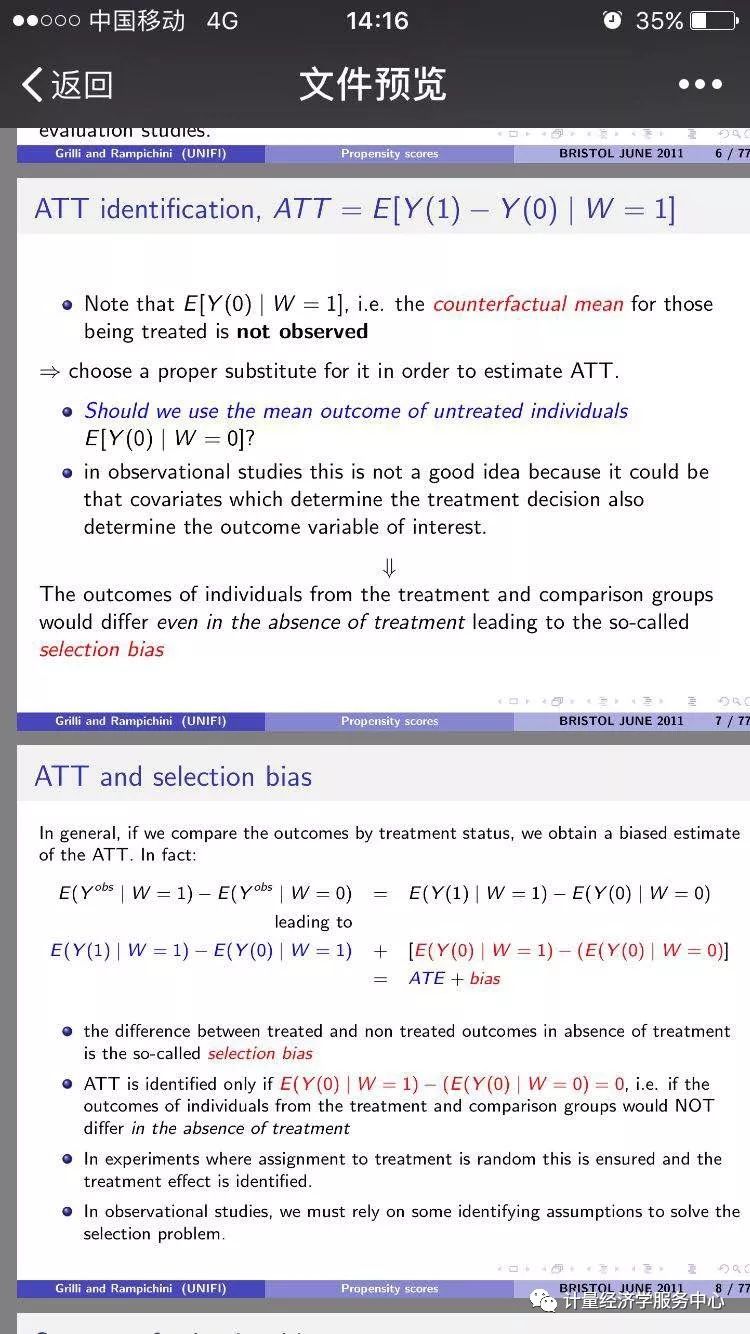The Revolutionary Impact of PSMA-PET Imaging in Prostate Cancer Diagnosis and Treatment
Guide or Summary:Understanding PSMA-PET ImagingThe Advantages of PSMA-PET ImagingClinical Applications of PSMA-PET ImagingFuture Directions and Research**PS……
Guide or Summary:
- Understanding PSMA-PET Imaging
- The Advantages of PSMA-PET Imaging
- Clinical Applications of PSMA-PET Imaging
- Future Directions and Research
**PSMA-PET Imaging** (前列腺特异性膜抗原正电子发射计算机断层成像) has emerged as a groundbreaking tool in the field of oncology, particularly in the diagnosis and management of prostate cancer. This advanced imaging technique utilizes a radiolabeled ligand that binds specifically to the PSMA protein, which is overexpressed in prostate cancer cells. The ability to visualize the distribution of PSMA in the body allows for enhanced detection of prostate cancerous lesions, even at early stages and in cases where traditional imaging methods may fall short.
Understanding PSMA-PET Imaging
PSMA-PET imaging combines the principles of positron emission tomography (PET) and targeted molecular imaging. The PSMA-targeted agents are injected into the patient, where they seek out and bind to PSMA on the surface of prostate cancer cells. Once bound, the radiotracer emits positrons, which are detected by the PET scanner, producing detailed images of the cancer's location and extent. This specificity not only aids in the accurate diagnosis of prostate cancer but also in assessing the disease's aggressiveness and potential response to treatment.

The Advantages of PSMA-PET Imaging
One of the most significant advantages of PSMA-PET imaging is its ability to detect metastatic disease that may not be visible through conventional imaging techniques like CT or MRI. Studies have shown that PSMA-PET can identify metastatic lesions in lymph nodes and bones, which is crucial for staging the disease and determining the most effective treatment strategy. Moreover, this imaging modality has been associated with a higher detection rate of prostate cancer recurrence, allowing for timely intervention.
Clinical Applications of PSMA-PET Imaging
The clinical applications of PSMA-PET imaging are vast. It plays a pivotal role in diagnosis, staging, and restaging of prostate cancer. For newly diagnosed patients, PSMA-PET imaging can help determine the extent of the disease, guiding treatment decisions. For patients with rising prostate-specific antigen (PSA) levels after initial treatment, PSMA-PET can pinpoint the location of recurrent disease, facilitating targeted therapies.

Furthermore, PSMA-PET imaging is not only limited to diagnosis but is also being explored in the realm of therapy. Radioligand therapy, which combines PSMA-targeted agents with therapeutic radioisotopes, is gaining traction as an innovative treatment option for advanced prostate cancer. This approach allows for targeted delivery of radiation to cancer cells, minimizing damage to surrounding healthy tissue.
Future Directions and Research
As research into PSMA-PET imaging continues to evolve, there is a growing interest in its potential applications beyond prostate cancer. Investigators are exploring the expression of PSMA in other malignancies, such as bladder cancer and certain types of breast cancer, which may open new avenues for diagnosis and treatment. Additionally, advancements in imaging technology and radiotracer development promise to enhance the sensitivity and specificity of PSMA-PET imaging further.

In conclusion, **PSMA-PET imaging** represents a significant advancement in the management of prostate cancer, offering improved diagnostic capabilities and the potential for personalized treatment strategies. With ongoing research and clinical trials, this innovative imaging modality is poised to transform the landscape of prostate cancer care, ultimately leading to better patient outcomes and quality of life. As we continue to unravel the complexities of cancer biology, PSMA-PET imaging will undoubtedly play a crucial role in shaping the future of oncology.